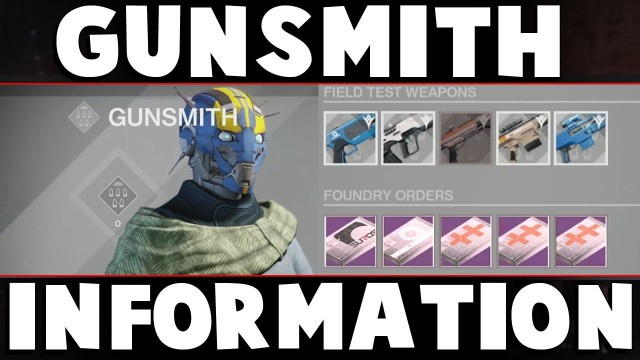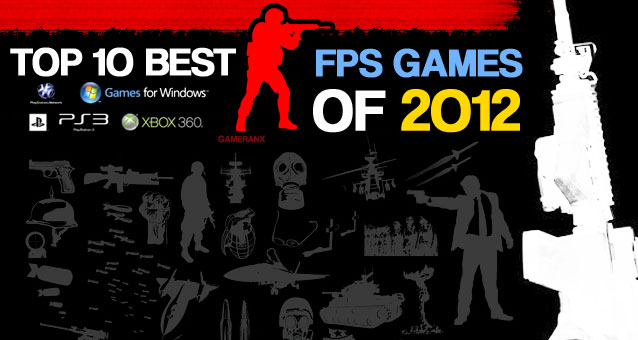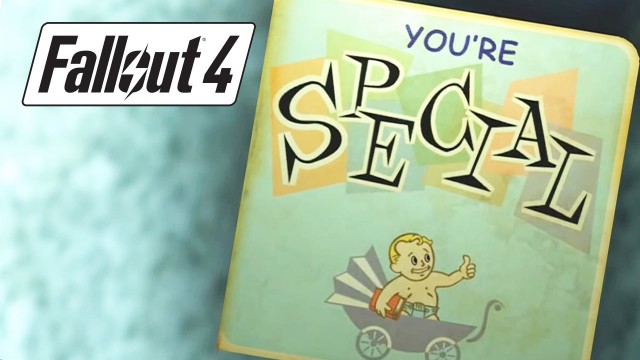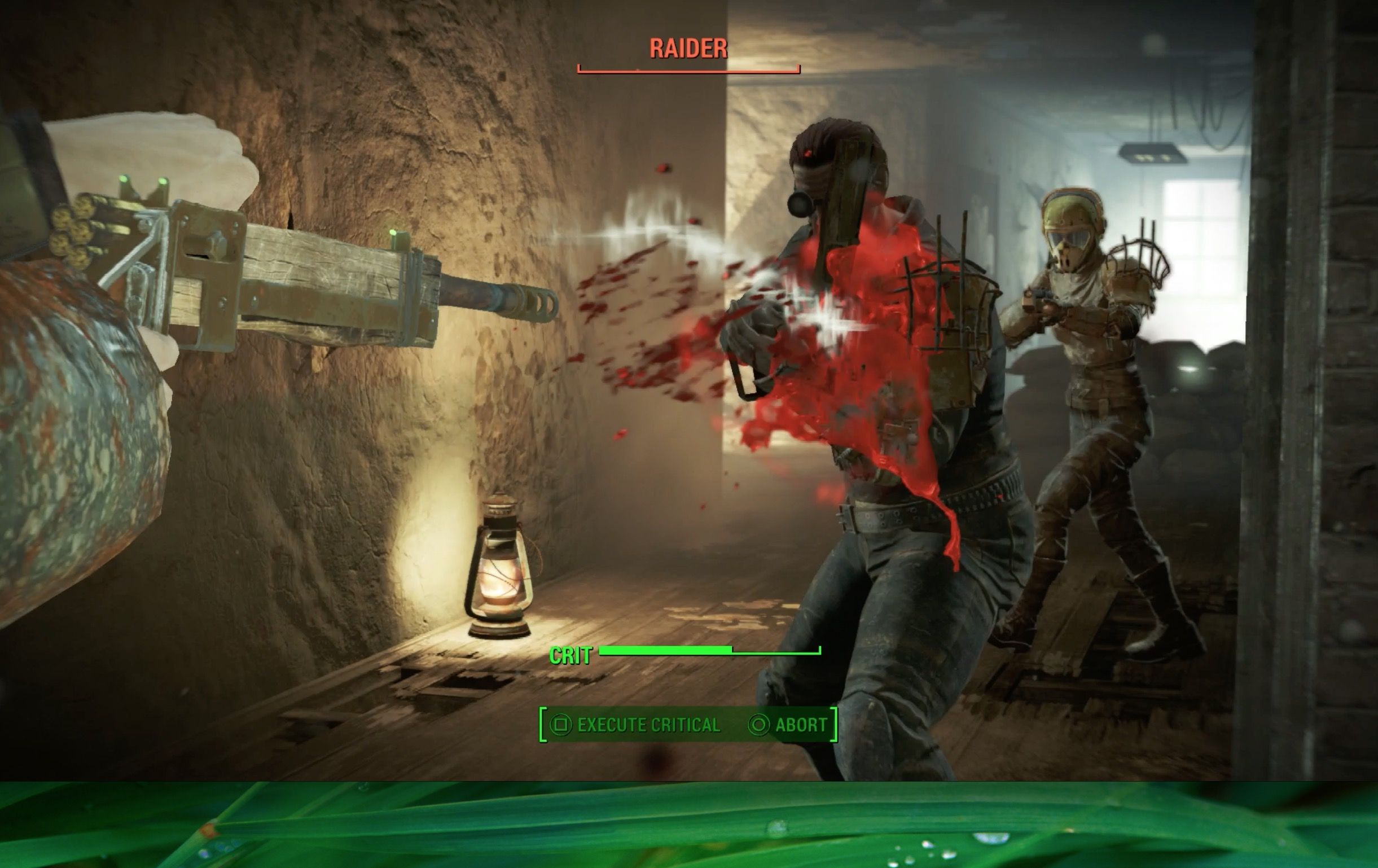

If you’ve ever played a tabletop RPG campaign in a game like Dungeons & Dragons or Pathfinder, you know that finding the time to play all of those hours can be tough. Even if you use digital tools to play RPGs without driving to somebody’s house, there’s still the struggle of scheduling several continuous hours around jobs, homework, childcare, and errands. As your life gets busier, it’s natural to decide that collaborative storytelling just has to become a thing of the past.
But what if you could somehow get a compelling storytelling experience asynchronously, so that all of those schedules didn’t matter?
Kickstarter project Storium aims to do exactly that. It’s a fusion of tabletop RPG game mechanics, play-by-post forum gaming, and prompted creative writing that helps you tell great stories with friends or strangers.

At the core of Storium is a set of virtual cards. These cards can be user defined, or a set can be selected from a variety of popular genres, like fantasy or sci-fi. The narrator can even modify an existing set to get it closer to their tastes if they prefer. These cards consist of places, characters, and obstacles for the narrator to use, and traits, assets, and motivations for the other players to each define their single character. You can customize each card with an image of your choice, so keep track of great image resources. Here’s some beautiful fantasy landscape art to get you started.

Once all of the other players have selected defining traits for their characters, the narrator begins play by setting a scene with a place and any readily apparent opposition. Take the urban fantasy scene below for example. The Sully’s Pub card and its image give the players a clear image of where the action takes place, and the Living Cinders card represents the cigarette embers in the text that a magic spell is sweeping into a dangerous fire. Notice the set of six boxes in the upper corner of the obstacle card. That means the players will need to play six cards throughout the scene to determine who gains the right to say how the obstacle resolves.

At that point, the players write what their characters do in the pub, and play cards alongside their posts to focus the narrative. Among players’ cards are Strength and Weakness cards. If more of one type is played on an obstacle than the other, the player who puts down the last card gains the right to narrate the problem’s resolution informed by the strong or weak guidelines on the card. If the players fail to push the obstacle out of balance with Strength or Weakness cards, privileges revert back to the narrator, who can resolve the issue in question however they like. Play continues at a pace set by the narrator, who can also end the scene when he or she sees fit. The game’s standard setting is one complete scene every 2-3 days. Players who don’t post by the deadline get an e-mail nudge from the system, encouraging them to get back into the action.
From there, the narrator and players can play as long or as short a story as they like. Tell a tale that can be read in under an hour, or build your sprawling epic over months, or even years of play.

If you’re accustomed to game mastering tabletop RPGs, you’ll be very comfortable with Storium’s narrator role. The card-based asset building helps you keep all of your places, characters, and obstacles organized. Designing your own cards gives you the power to offer the other players narrative control over how problems resolve, without worrying that their decisions will defy the logic of your characters and world.
If you prefer the player role, there are absolutely mechanics to game for maximum effect in Storium. You’re dealt an equal number of Strength and Weakness cards that you have to use, so if you want strong outcomes against more than 50% of the obstacles you face, you need to spend your Goal and Subplot cards quickly. These cards represent personal missions or side objectives that reward undefined Strength cards once you resolve them. Want to reveal a hidden side of your character or win with an unexpected trick? Fill in one of those undefined strength cards and play it on the situation immediately. It’s a mechanic that encourages you to pursue personal investments in the story to get more control over the outcome.

Another great benefit for players is that the card based narrative control mechanic narrows the scope of what each player needs to write about. One of the most frustrating parts of creative writing is staring at a blank page. You could write about anything! How do you choose what your character will say or do next with so many options? The restrictions Storium’s cards offer can help focus players on the exact elements they need to include in their post. If you just played a “Bravery” Strength card and a “Shotgun” Asset card to solve your “Zombie Horde” problem, it’s pretty clear what you’re going to have to explain to close out the issue.
Regardless of what role you come to play, Storium’s asynchronous play and bite-sized commitments are a big plus for busy creators. It only takes a few minutes to catch up on the latest posts in your current story, and craft a few hundred words for your next move. All those tiny submissions add up day after day, and eventually, you can look back on a sprawling tale made by you and your friends.
Storium is well over its Kickstarter funding goal, and stretch goals have funded art libraries, non-English localizations, and dozens of custom worlds by award winning authors. Make sure to back it if you want to be able to use the beta version through to the full release in November. Once Storium officially launches, the game’s developers plan to charge $25 per year for membership, but non-narrators will still be able to participate in up to three stories in player capacity for free, so there will be some level of participation that everyone can enjoy.
Are you a Storium backer? Let our community know what you think of it so far in the comments!
Learn how to discover more cool Kickstarter projects here!
Image Credit: Campfire by Tristan Schmurr. Additional images provided with permission by Storium lead game designer and head writer Will Hindmarch, and are property of Sara and Will Hindmarch.




 How to Battle Dark Souls 2 Crown of the Ivory King Avaaa, the Tigress Successfully, Tips and Tricks for PC, PS3 and Xbox 360
How to Battle Dark Souls 2 Crown of the Ivory King Avaaa, the Tigress Successfully, Tips and Tricks for PC, PS3 and Xbox 360 Beyoncé causes controversy by publishing photo with tiger in Thailand
Beyoncé causes controversy by publishing photo with tiger in Thailand Fallout 4 Ultimate Tips and Tricks Guide: How to Earn Easy XP, Perks, and Crafting
Fallout 4 Ultimate Tips and Tricks Guide: How to Earn Easy XP, Perks, and Crafting Metal Gear Solid V: The Phantom Pain Guide: How To Recruit Quiet
Metal Gear Solid V: The Phantom Pain Guide: How To Recruit Quiet Fallout 4: Reclamation walkthrough
Fallout 4: Reclamation walkthrough